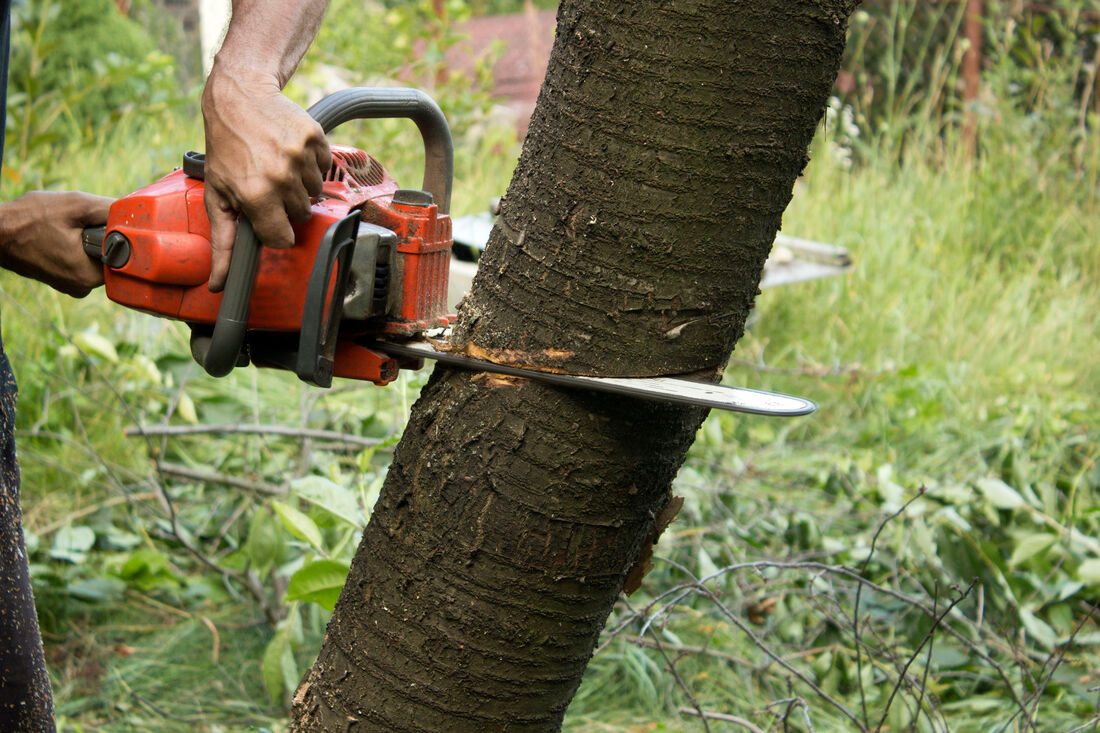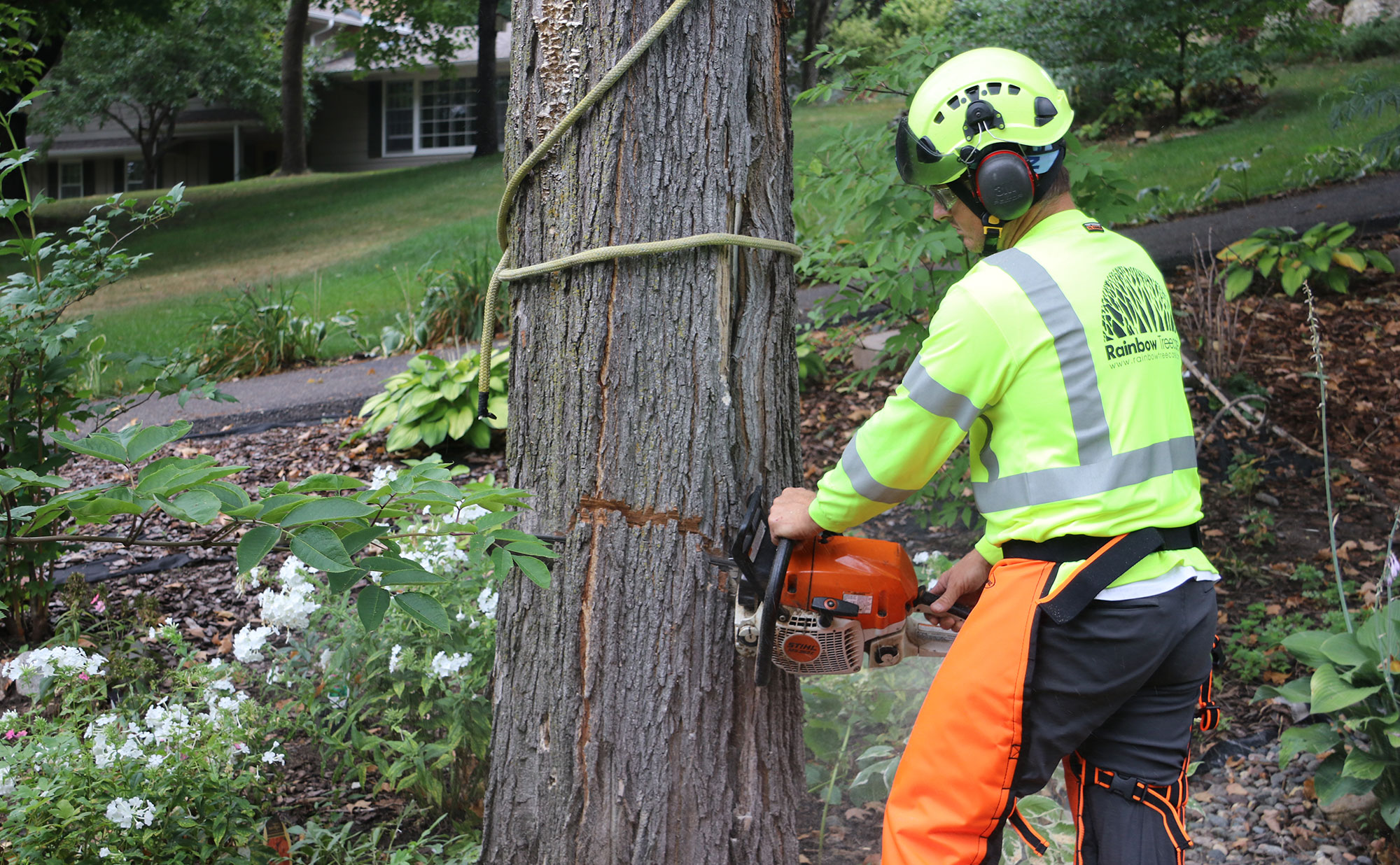All Categories
Featured
The removal of trees can develop open areas that are susceptible to weed intrusion. When trees are present, their thick canopies usually shade the ground, restricting the amount of sunshine that gets to the dirt. However, after the removal of trees, these open locations obtain enhanced sunlight, offering perfect problems for weed development.

They may suggest the use of compost, which acts as a protective barrier on the soil surface, preventing weed seeds from sprouting and suppressing weed growth.

The presence of trees fosters an abundant and varied neighborhood of dirt germs. Tree roots supply a resource of raw material, exudates, and nutrients that sustain the growth and activity of advantageous soil bacteria. However, when trees are eliminated, the lack of their origins can disrupt the fragile balance of the soil's microbial ecosystem.
Should I Hire A Professional Pressure Washing Contractor?
This modification in pH can influence nutrition schedule, microbial activity, and general soil health and wellness. To deal with the effects of tree reducing on soil pH, tree elimination specialists can supply valuable advice. They might suggest soil screening to evaluate the present pH levels and establish the necessary modifications. Based upon the outcomes, experts can recommend pH modification approaches, such as including lime to raise dirt pH or including essential sulfur to lower it.

It refers to the compression of soil bits, causing lowered pore room and increased soil density. This compaction can adversely affect the dirt's capability to function optimally, influencing its water-holding capability, nutrient availability, and root penetration. Appropriate strategies employed by tree removal experts can help minimize compaction and protect the soil's capability to keep water, and enable for sufficient air flow and cautious equipment handling.
Latest Posts
What Is The Best Arborist Wollongong Service?
How Much Does Full Service Tree Cutting Wollongong Cost?
What Is The Best Wollongong City Council Tree Removal Company Near Me